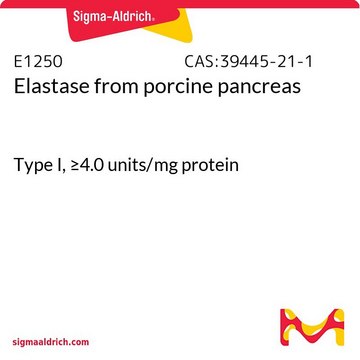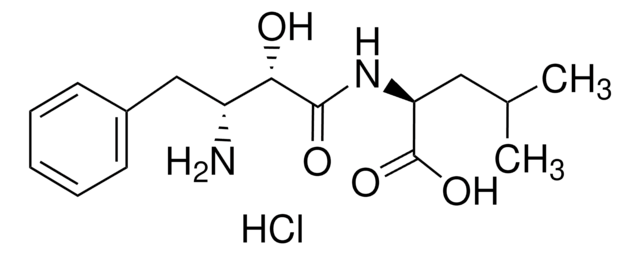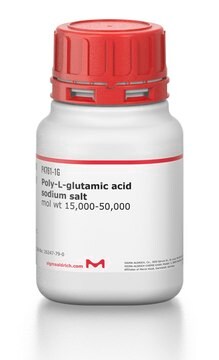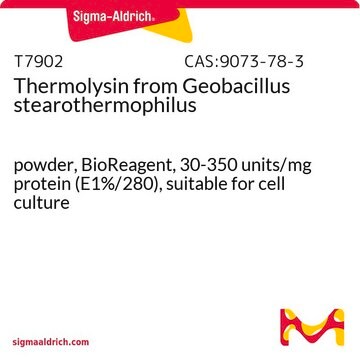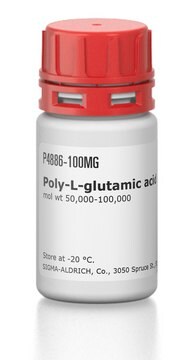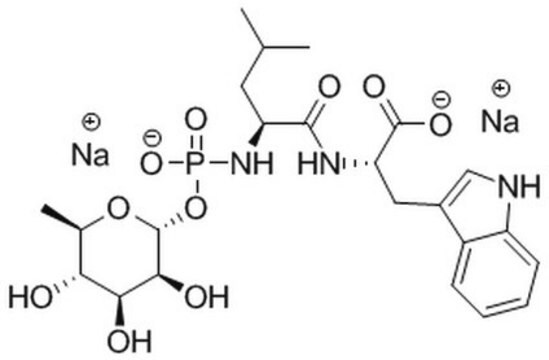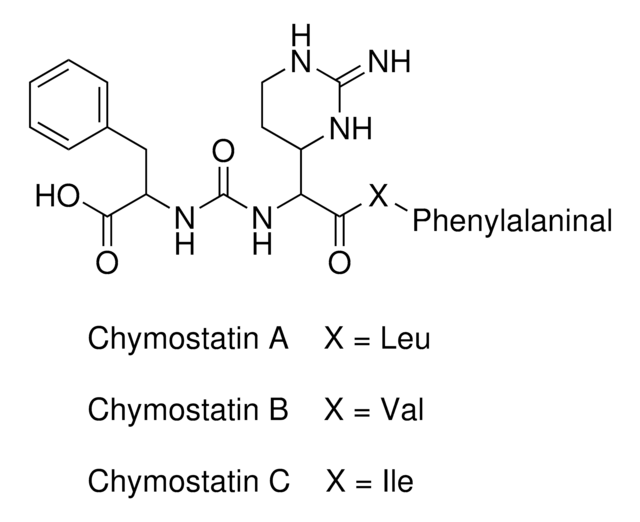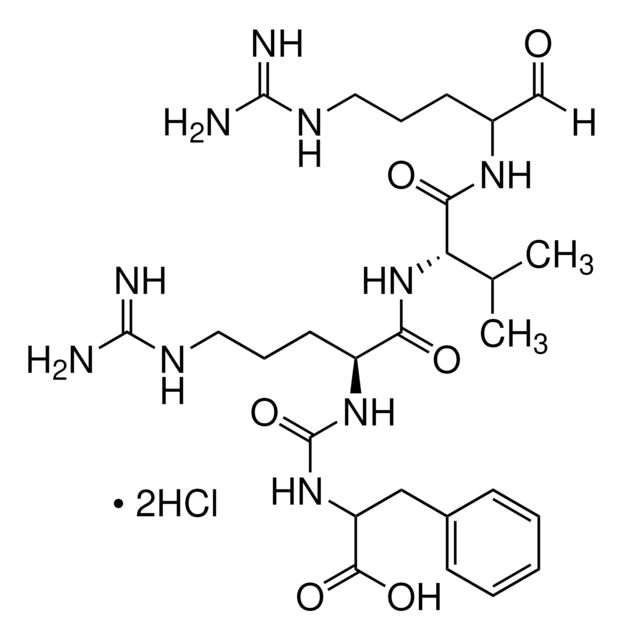R7385
Phosphoramidon disodium salt
powder, ≥97% (HPLC)
Synonyme(s) :
N-(α-Rhamnopyranosyloxyhydroxyphosphinyl)-Leu-Trp disodium salt, N-(α-Rhamnopyranosylphosphono)-L-leucyl-L-tryptophan disodium salt
About This Item
Produits recommandés
Nom du produit
Phosphoramidon disodium salt, ≥97% (HPLC)
Source biologique
Streptomyces sp.
Niveau de qualité
Essai
≥97% (HPLC)
Forme
powder
Solubilité
H2O: 50 mg/mL
Température de stockage
−20°C
Chaîne SMILES
[Na+].[Na+].CC(C)C[C@H](NP([O-])(=O)O[C@@H]1O[C@@H](C)[C@H](O)[C@@H](O)[C@H]1O)C(=O)N[C@@H](Cc2c[nH]c3ccccc23)C([O-])=O
InChI
1S/C23H34N3O10P.2Na/c1-11(2)8-16(26-37(33,34)36-23-20(29)19(28)18(27)12(3)35-23)21(30)25-17(22(31)32)9-13-10-24-15-7-5-4-6-14(13)15;;/h4-7,10-12,16-20,23-24,27-29H,8-9H2,1-3H3,(H,25,30)(H,31,32)(H2,26,33,34);;/q;2*+1/p-2/t12-,16-,17-,18-,19+,20+,23-;;/m0../s1
Clé InChI
OQKHVXFOYFBMDJ-ODIUWQMJSA-L
Vous recherchez des produits similaires ? Visite Guide de comparaison des produits
Description générale
Application
- as the neprilysin (NEP) inhibitor: in amyloid beta (Aβ) uptake and degradation
- to study its effect on keratinase activity
- to treat primary microglia from wild-type mice
Actions biochimiques/physiologiques
Code de la classe de stockage
11 - Combustible Solids
Classe de danger pour l'eau (WGK)
WGK 3
Point d'éclair (°F)
Not applicable
Point d'éclair (°C)
Not applicable
Équipement de protection individuelle
Eyeshields, Gloves, type N95 (US)
Faites votre choix parmi les versions les plus récentes :
Déjà en possession de ce produit ?
Retrouvez la documentation relative aux produits que vous avez récemment achetés dans la Bibliothèque de documents.
Les clients ont également consulté
Notre équipe de scientifiques dispose d'une expérience dans tous les secteurs de la recherche, notamment en sciences de la vie, science des matériaux, synthèse chimique, chromatographie, analyse et dans de nombreux autres domaines..
Contacter notre Service technique